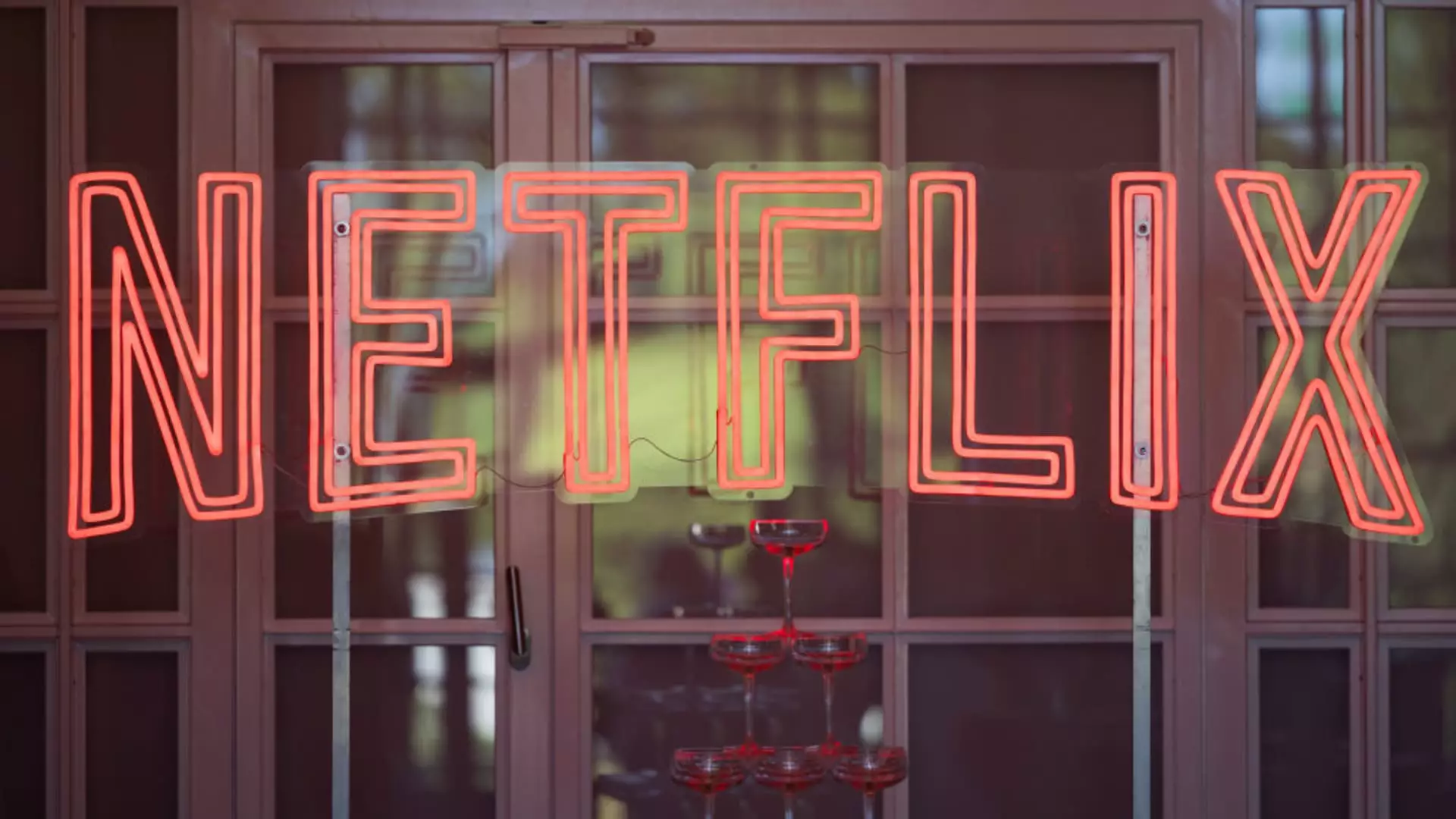Netflix has recently announced significant price hikes across most of its U.S. plans, reflecting a trend that seems to be prevalent across the streaming industry. The standard ad-free plan has seen a rise from $15.49 to $17.99, while the cheaper ad-supported option will now cost $7.99 instead of $6.99. Notably, the premium plan will increase to $24.99 from its previous $22.99. This move follows a similar trajectory for other regions, including Canada, Portugal, and Argentina, indicating that Netflix is positioning itself to maximize revenues on a global scale.
These price adjustments come amid pressure for streaming services to enhance profitability. With countless services competing for viewer attention, the strategy seems to rest on the premise that higher subscription costs can be justified through bolstered content offerings and user engagement. As Ted Sarandos, Netflix’s co-CEO, noted, the company’s strategy hinges on delivering compelling content that can retain and attract subscribers even in the face of rising prices.
In recent years, streaming platforms have undergone unprecedented transformations, with services vying not only for subscriber counts but also for profitability. Companies like Disney and Warner Bros. Discovery have also implemented price hikes and introduced ad-supported tiers to address their financial inefficiencies. This competitive landscape underscores a critical question: how much are consumers willing to pay for streaming content?
The answer appears to hinge on the perceived value of the content provided. As streaming options proliferate, companies must continually innovate and delight audiences to justify escalating fees. The challenge for firms like Netflix is to ensure that the array of new shows and films on the horizon not only meets subscriber expectations but also incentivizes them to accept these price adjustments without reluctance.
Netflix’s previous price increase for its ad-free standard plan occurred in 2022, while the premium plan saw its latest hike in 2023. Interestingly, the company also phased out its basic ad-free tier soon after the introduction of its cheaper, ad-supported plan, which was prompted by plateauing subscriber growth. This shift underscores Netflix’s strategic pivot towards catering to an audience that is increasingly diversifying in terms of payment preferences and viewing habits.
The introduction of an ad-supported tier was a clear effort to capture a larger audience segment, especially in a time when economic factors may deter some consumers from high-tier subscriptions. However, the move to add extra membership options for password sharing further complicates Netflix’s pricing strategy. While additional members can now join standard plans for a monthly fee of $8.99, the lack of price increases for ad-supported extra members suggests a tactical decision aiming to retain user engagement on the ad-supported tier.
As Netflix gears up for these price adjustments, subscriber response will undoubtedly be a key factor in the company’s success moving forward. The latest reports of a record 19 million paid memberships added during the fourth quarter seem promising, showcasing the effectiveness of Netflix’s strategies, including the recent crackdown on password sharing. Still, the long-term implications of these price hikes on subscriber loyalty remain to be seen.
It’s essential to consider consumer sentiment in the wake of these changes. Many subscribers might remain loyal to Netflix due to its extensive library of exclusive content; however, others may weigh the value they receive against the increased cost and opt for alternatives. The streaming war is intensifying, and losing even a fragment of the viewer base to competitors could have significant ramifications on Netflix’s bottom line.
As Netflix embraces a new pricing structure and continues to refine its content strategy, it faces the challenge of balancing profitability with subscriber satisfaction. The key will be creating a robust streaming ecosystem that entices both new subscribers and retains existing ones, offering an expansive range of enthralling content while judiciously managing costs.
In this evolving landscape, Netflix’s ability to adapt to changing consumer expectations will be crucial. The company’s future success hinges on its willingness to innovate and respond to the preferences of its audience, navigating through both challenges and opportunities that lie ahead. Ultimately, maintaining a suitable value proposition in tandem with addressing financial objectives will determine whether Netflix can sustain its crown in the streaming kingdom.

Leave a Reply